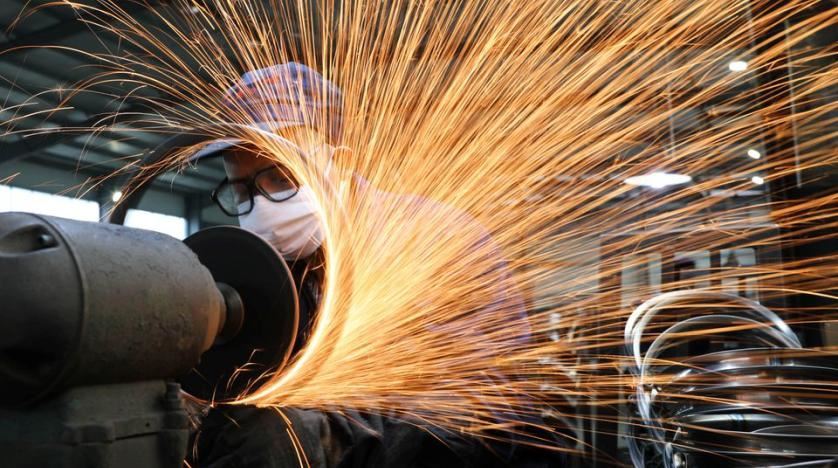Accordingly, China's Consumer Price Index (CPI) increased by 2.1 percent compared to the same period last year, while the Producer Price Index (PPI) decreased by 1.3 percent.
The PPI, calculated from the ex-factory prices of manufacturing products, fell 1.3 percent year-on-year, for the first time since December 2020.
The annual increase in CPI, which is considered the main indicator of inflation, decreased from 2.8 percent to 2.1 percent.
LEADING DATA SIGNED A CONTRACTION IN OCTOBER
Leading economic activity data in manufacturing sectors in China pointed to a contraction in October.
The official Purchasing Managers Index (PMI), published by UIB, decreased by 0.9 points to 49.2 in October compared to the previous month.
The economic and financial news service Caixin's manufacturing industry PMI also remained at 49.2 in October, pointing to the continuation of the contraction in the previous two months.
Values above 50 in PMI indices indicate an increase in economic activities, and values below indicate a decrease.
EPIDEMIC MEASURES LOWER ECONOMIC EXPECTATIONS
While the number of cases increased in the country in autumn with the spread of highly contagious sub-variants of Omicron, the lack of signs that the epidemic measures that disrupt economic activities will change in the last quarter negatively affects economic expectations and confidence.
China is implementing a "zero case" strategy against Covid-19, which aims to suppress cases where they arise and cut the chain of transmission.
The strategy calls for strict and wide-ranging measures, such as quarantine, travel restrictions, mass testing, and restrictions on the activities of businesses in the manufacturing, trade and services sectors.
In addition to interfering with the ordinary flow of life, the measures also lead to discussions in terms of their economic costs.









Comments
No comment yet.